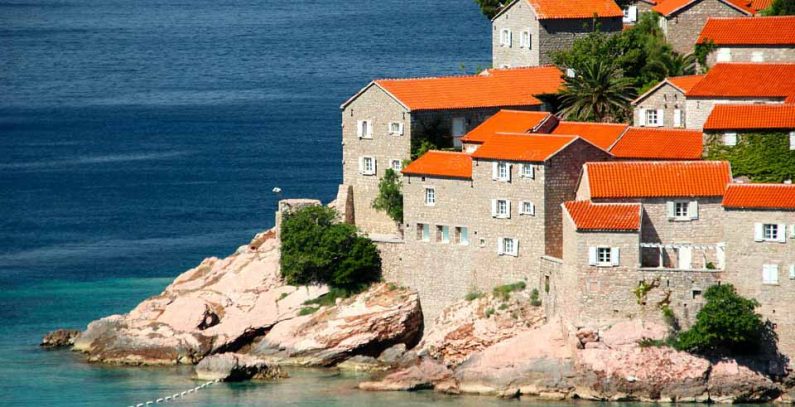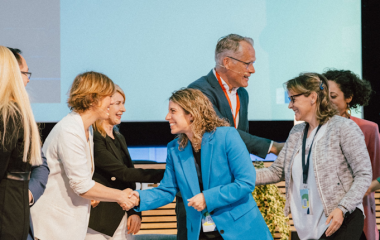
Photo: Pixabay
The Green for Growth Fund (GGF), which was initiated as a public-private partnership in December 2009 by German development bank KfW and the European Investment Bank (EIB), surpassed major milestones in 2017, increasing the total financing it has provided to final borrowers to over EUR 600 million across more than 25,000 individual projects.
The GGF combines its financial offering with technical assistance to build capacities with partners and across the investment ecosystem, ensuring that energy efficiency, renewable energy, and improved resource management move toward the mainstream, according to its Annual Impact Report 2017.
The annual CO2 emissions reduced by the GGF’s investment portfolio stand at 495,551 tons, which equals 172,000 tons of waste recycled instead of landfilled. South-East Europe (SEE) accounts for 62% of financing disbursed by the GGF, whose Impact Stories include supporting energy efficiency in Montenegro.
Energy Doctor helps improve energy efficiency in Montenegro
In Montenegro, a key partner of the GGF is Alter Modus, the country’s largest microfinance institution, serving both business and retail clients. Alter Modus holds more than 75% of the microfinance market.
To promote energy efficiency, in 2016, Alter Modus launched an awareness-raising campaign comprised of various marketing and advertising activities, including the Energy Doctor campaign in 2017, which involved a GGF expert visiting people and businesses and advising them on how to improve energy efficiency.
To improve energy efficiency of the homes he rents out in Herceg Novi, Milovan Kiperas was advised to replace wooden windows and doors with aluminum ones and to use argon-filled windows. As a result of the implemented energy efficiency measures, Kiperas’ electricity bills were reduced by some 50%.
The annual energy saved by the GGF’s investment portfolio in Montenegro stands at 7,200 MWh per year, which is equivalent to savings achieved by replacing over 200,000 incandescent light bulbs with LED bulbs.
The annual CO2 emissions were reduced by 2,300 tons, which is equivalent to planting more than 10,000 trees each year.


















Be the first one to comment on this article.